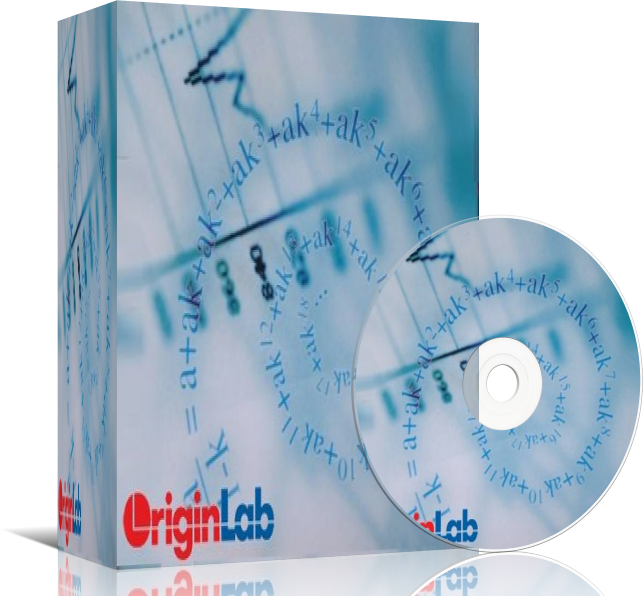Origin graph software free download crack
Origin graph software is a powerful tool for scientists, engineers, and anyone who needs to visualize and analyze data. It offers a wide range of features, from basic plotting to advanced statistical analysis. This guide will walk you through the essential steps of using Origin graph software, from importing data to creating professional-looking graphs.
Step 1: Importing Data
Data Sources: Origin can import data from various sources, including spreadsheets (Excel, CSV), databases, and even directly from instruments.
Import Wizard: The software provides a user-friendly import wizard that guides you through the process, allowing you to select the data source, specify delimiters, and choose the appropriate data format.
Data Preview: Before importing, you can preview the data to ensure it’s correctly formatted and ready for analysis.
Step 2: Creating Graphs
Graph Types: Origin offers a vast library of graph types, including line, scatter, bar, pie, histograms, and more. Choose the type that best suits your data and the message you want to convey.
Graph Wizard: Similar to the import wizard, Origin provides a graph wizard that simplifies the process of creating graphs. It guides you through selecting data, choosing graph options, and customizing the appearance.
Customization: Once the graph is created, you can customize its appearance extensively. This includes changing colors, adding labels, adjusting axes, and adding error bars.
Step 3: Data Analysis
Basic Analysis: Origin offers basic statistical calculations, such as mean, median, standard deviation, and correlation coefficients.
Advanced Analysis: For more complex analysis, Origin provides tools for curve fitting, regression analysis, hypothesis testing, and more.
Data Transformation: You can transform your data using various mathematical operations, such as logarithmic, exponential, and trigonometric functions.
Step 4: Exporting and Sharing
Export Options: Origin allows you to export your graphs and data in various formats, including images (PNG, JPG), vector graphics (EPS, SVG), and spreadsheets (Excel, CSV).
Sharing: You can easily share your graphs and data with colleagues and collaborators by exporting them in a suitable format or by using Origin’s built-in sharing features.
Step 5: Additional Features
Scripting: Origin supports scripting, allowing you to automate repetitive tasks and customize your analysis workflow.
Templates: The software provides pre-designed templates for various graph types, saving you time and effort.
Collaboration: Origin offers collaborative features, allowing multiple users to work on the same project simultaneously.
Conclusion
Origin graph software offers a comprehensive and user-friendly solution for data visualization and analysis. By following these steps, you can effectively utilize its features to create professional-looking graphs, analyze data, and communicate your findings effectively.

Leave a Reply